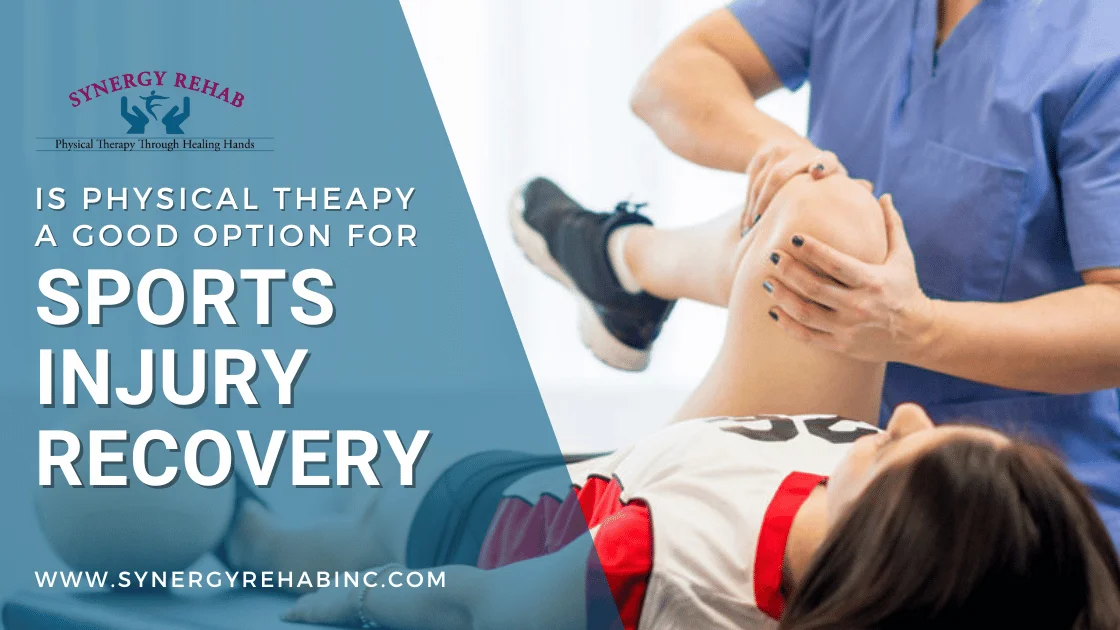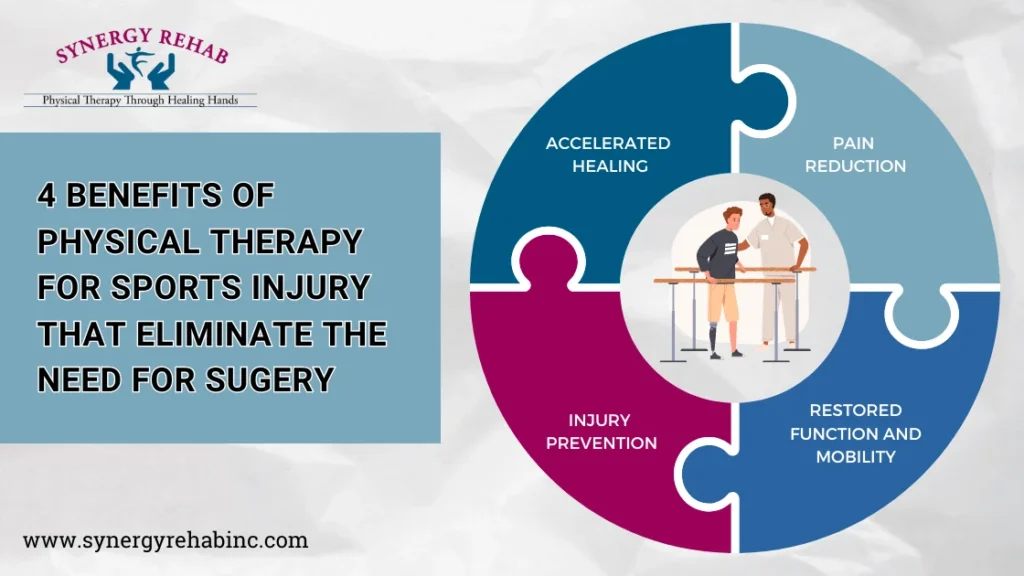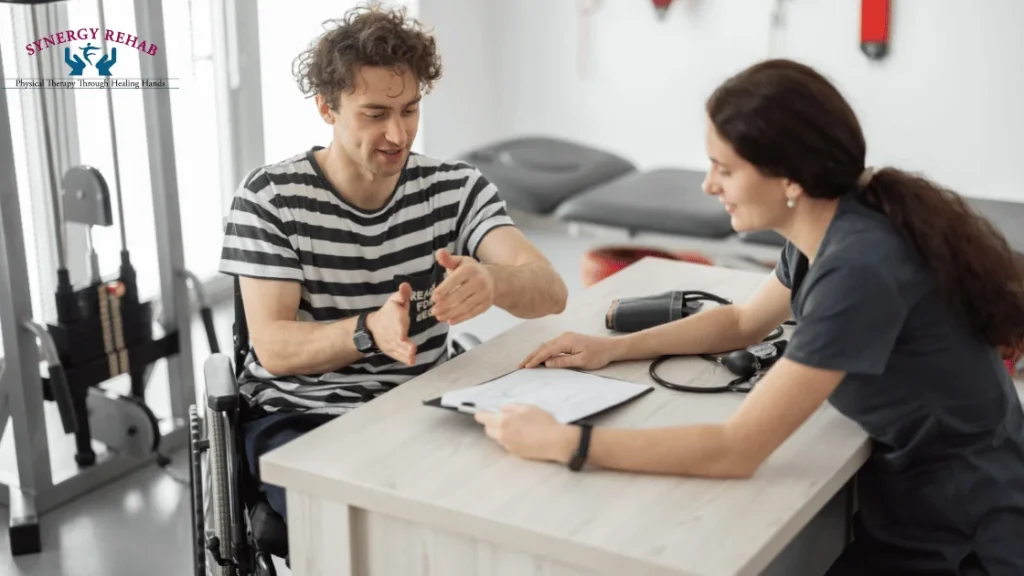
Sports are a great way to stay active and healthy, but unfortunately, injuries are part of the game. From sprains and strains to more serious conditions like ACL tears, the road to recovery can be long if not managed correctly. The right approach to sports injury recovery is crucial not only to heal the body but also to prevent future injuries.
What is Physical Therapy?
Physical therapy is a specialized treatment aimed at alleviating pain and restoring function after injuries or surgeries. For athletes, the key to effective recovery lies in the individualized nature of physical therapy. It is tailored to meet their specific needs, focusing on their unique injuries and the demands of the sport they participate in. This form of therapy often includes a combination of manual therapy, exercises, and sometimes, advanced modalities like ultrasound or electrical stimulation.
Techniques and Tools Used in Physical Therapy

Physical therapy for sports injury treatment employs a variety of techniques and tools designed specifically for sports injury recovery. Through manual therapy, including massage and manipulation, therapists gently alleviate pain and enhance mobility. Exercise-based rehabilitation tailors exercise to each athlete, focusing on strengthening muscles, boosting flexibility, and ensuring joint stability. In addition to these, advanced modalities such as ultrasound therapy and electrical stimulation play a crucial role. They are utilized to decrease inflammation, support muscle function, and expedite the recovery process, ensuring a compassionate and effective treatment approach.
Benefits of Physical Therapy for Sports Injury
Physical therapy offers numerous benefits for sports injury recovery, including:

Accelerated Healing: Physical therapy can speed up the healing process by targeting specific areas and using tailored techniques.
Pain Reduction: Therapies used in treatment can effectively reduce pain and swelling, making the recovery more comfortable.
Restored Function and Mobility: Physical therapy helps athletes regain strength and flexibility, restoring function to pre-injury levels.
Injury Prevention: Physical therapists also provide guidance on how to avoid future injuries by focusing on proper techniques and strengthening key areas.
Comparing Physical Therapy for Sports Injury with Other Treatment Options
When considering treatment for sports injuries, it’s important to weigh the benefits and drawbacks of each option. Here are some key points of differentiation:
Surgery:
- Often necessary for complex or severe injuries like torn ligaments or fractures.
- Involves higher risks such as complications from anesthesia, infections, or post-surgery complications.
- Requires longer recovery periods, often necessitating follow-up surgeries or extended rehabilitation.
- Can be more costly due to surgical, hospital, and associated healthcare fees.
Physical Therapy:
- Ideal for injuries that are less severe and do not require surgical intervention.
- Focuses on natural healing processes, minimizing risks associated with invasive procedures.
- Encourages quicker return to activity with managed and progressive treatment plans.
- Typically more cost-effective compared to surgery, avoiding the high costs associated with operating rooms and hospital stays.
Home Remedies:
- Suitable for very minor injuries or as a complementary treatment to professional care.
- Limited in scope; does not provide the comprehensive care that complex injuries require.
- Lacks personalized care; does not tailor treatment to the individual’s specific needs and recovery goals.
- Risk of improper healing or exacerbation of the injury due to lack of professional oversight.
While each option has its place in sports injury treatment, physical therapy offers a balanced approach that combines safety, effectiveness, and personalization, making it a preferred choice for many athletes and active individuals.
When to Choose Physical Therapy

Physical therapy is advisable for most sports injuries, especially when they limit function or extend beyond minor aches and pains. Consulting with a physical therapist can provide a tailored plan that aligns with your specific sports requirements and recovery goals.
How to Get Started with Physical Therapy for Sports Injury Treatment
To begin with physical therapy, look for a licensed physical therapy practitioner specializing in sports injuries. Your first session will likely involve an assessment by an experienced physical therapist to determine the best course of treatment tailored to your specific needs.
Key Take Away
Physical therapy is a highly effective option for recovering from sports injuries. It not only aids in quick recovery but also enhances performance by fortifying the body against future injuries. If you’re dealing with a sports injury, consider physical therapy a cornerstone of your recovery strategy.
Schedule Your Consultation Today
Don’t let a sports injury set you back. Contact skilled physical therapists for sports injuries at Synergy Rehab, Southfield, today to start your recovery journey and return to your sport stronger than ever!
FAQs on Physical Therapy for Sports Injury Recovery
1. How long does physical therapy take for sports injuries?
The duration of physical therapy for sports injuries varies depending on the severity of the injury and the individual’s response to treatment. Typically, therapy can last from a few weeks to several months.
2. Can physical therapy alone heal sports injuries?
Physical therapy is sufficient for many injuries to promote healing and restore function. However, some severe injuries may require medical interventions such as surgery followed by physical therapy for complete sports injury recovery.
3. Is physical therapy painful?
Physical therapy is designed to alleviate pain from injuries, not cause it. While some discomfort may be experienced as you begin to work muscles and joints that haven’t been used post-injury, a physical therapist will tailor the program to ensure it is manageable and within your pain tolerance.
4. What should I wear to my physical therapy sessions?
It is best to wear comfortable, loose-fitting clothing that allows free movement and gives access to the injured area. Athletic wear that you might use for workouts is usually appropriate.
5. Can I do physical therapy on my own at home?
A physical therapist can give you exercises to do at home as part of your treatment plan. However, these at-home exercises should complement, not replace, your sessions with a physical therapist to ensure your recovery process is properly monitored and adjusted as needed.

Leave A Comment